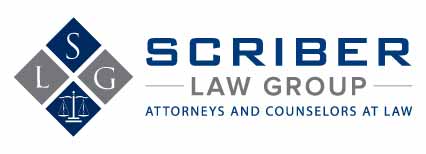Before You Even Begin Estate Planning…
 The final estate plan is often a difficult process, but your first step is actually relatively easy. Creating an estate planning checklist is a relatively simple and absolutely essential way to begin the process, because it provides the basic framework for any plan going forward.
The final estate plan is often a difficult process, but your first step is actually relatively easy. Creating an estate planning checklist is a relatively simple and absolutely essential way to begin the process, because it provides the basic framework for any plan going forward.
First, Define Your Estate Planning Goals
Before you even begin to build an estate plan, you have to know what you have. You should also be able to visualize what you want to happen to your assets when you die or become incapacitated. You'll have to know the size of your estate, the ages and abilities of your children, if applicable, and your wishes. Make sure you include every beneficiary you want to have a portion of your estate, and choose some alternates, in case one or more dies before you, or other circumstances force you to change your plan.
After that, you'll want to choose potential appointees for important roles in the administration of your estate. These will include a possible executor or executors, as well as potential guardians or trustees. You should also choose alternates, in case your first choice is unable or unwilling to serve, or you think two or more heads are better than one. Another good reason to do this would be if you conclude that a good system of checks and balances is necessary for administering your estate.
You may want to consider making an instrument like a living trust part of your estate plan, and the time to consider that is during the initial planning stages. The concept of a living trust has become relatively popular in recent decades, in part because such a plan requires a lot less administration than is necessary with a will. You should be aware, however, that having a living trust does not preclude the need for a will or administration at the death of a spouse, especially if you divorce and remarry.
Inventory, Organize and Analyze Your Situation
Basically, for any estate plan, you will need a complete picture of everything you have currently, which means you have to review all of your assets and your financial position. List everything, no matter how small you think it is now, or what type of asset it is. Whether it’s your home or the photos you keep on your Facebook page, it's difficult to know now what may be important when the time comes. Your goal should be to avoid family strife, and to make sure your wishes are carried out. You should also consider your beneficiary selections and decide who is best at handling your assets. Different types of assets may require different types of handling, and it’s possible different people may have to handle different categories. Uncle Vic may be great a handling real estate, but knows nothing about your oriental rugs, for example.
Once you have everything out in front of you, you should determine your current net worth, by figuring your assets against your liabilities. Don't forget to include your insurance, as well. Then, put together a flow chart using all of your beneficiaries and appointees, and look at each one in light of your asset picture. It is at this point that you begin to consider the impact of estate and gift taxes.
It's important that you do all of the above before you even begin to put together your estate plan. After all, you can't plan where you're going if you don't know where you are.
